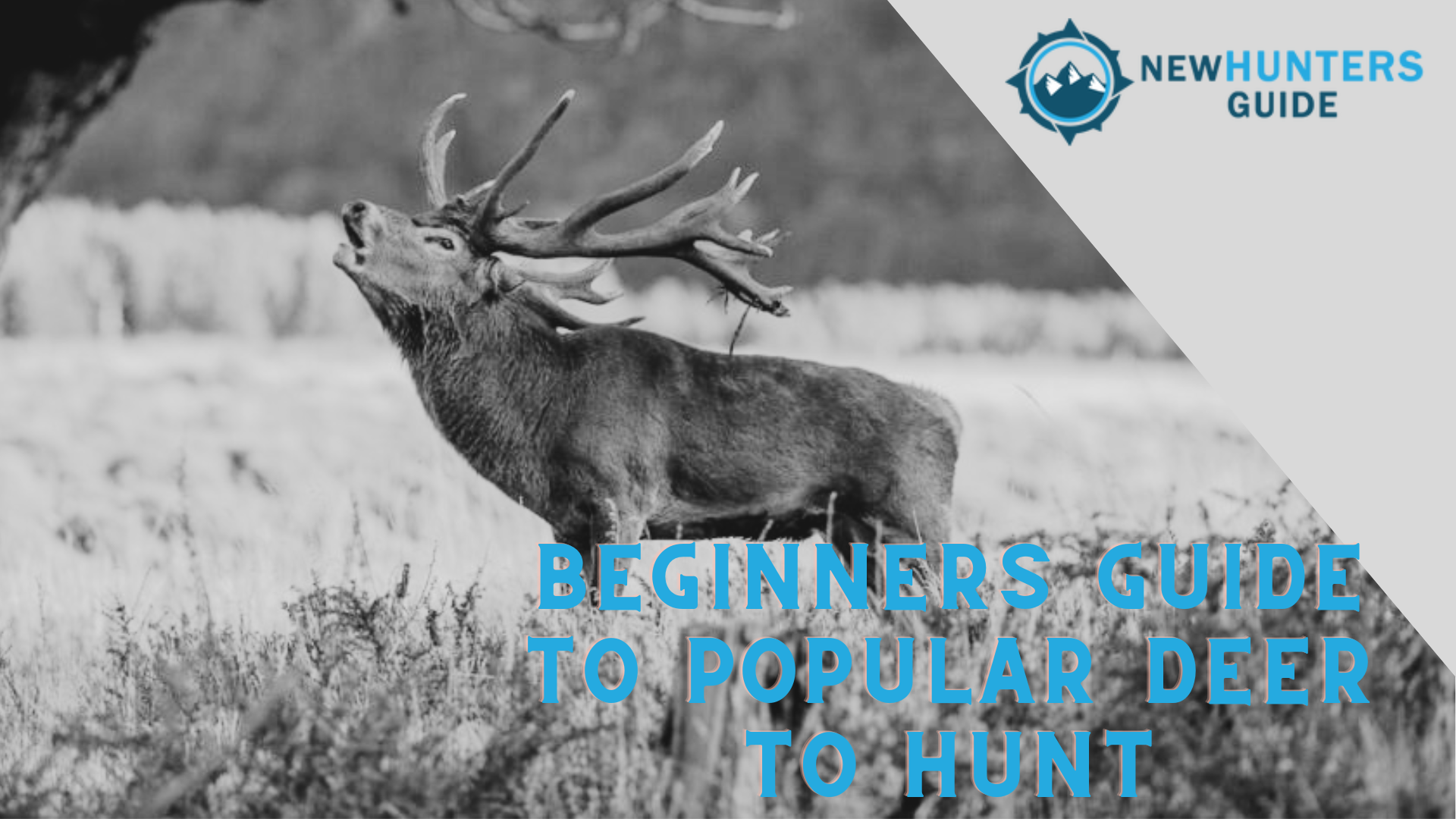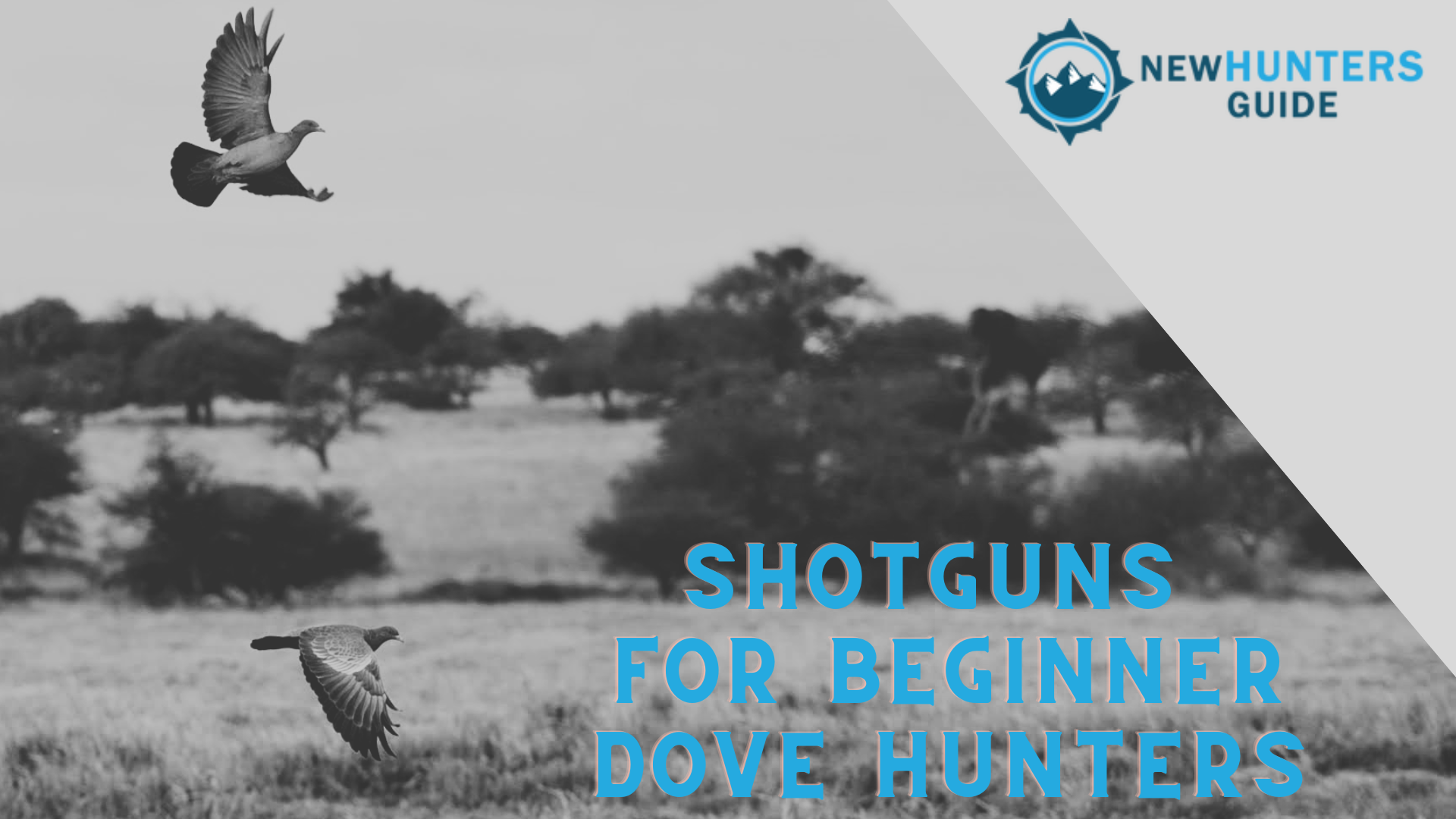Rain may have little effect on deer movement, or it may have drastic impact. If you can determine how the weather will impact hunting, you can develop a strategy for how and when to hunt whitetails when it’s raining. Can you hunt deer effectively in the rain? The answer is both yes and no, depending on the circumstances.
Deer need to eat, mate, and move, period. They can only sit for so long and do not like to miss meals. So while light to moderate rain may impact their movement briefly, they will eventually shrug it off and begin returning to their normal patterns if it continues for any period of time. Severe weather is another story though.
When the weather turns very bad with heavy rain, thunder, gale force winds, blizzard conditions, they will usually sit and wait it out. This type of weather is rarely sustained for very long and once the weather breaks the deer will be up and moving again, perhaps more so than usual trying to find food to make up for missed meals.
So hunting light to moderate rain can be fruitful, particularly if that weather has continued for a few days and the deer have normalized their routines based on it. But really bad weather is not worth hunting in. EXCEPT for possibly hunting the ending fringe of that weather so you can be in the woods still and ready for when the weather breaks and deer movement ramps up.
The gear that you hunt with and the length of time you spend hunting in the rain are also major factors. If your gear is reasonable, you spend short stints in the woods, and you hunt advantageous times of day or before/after incoming fronts, then you can be very effective hunting whitetails in the rain.
I have had significant success hunting both does and bucks on rainy days. But the story is always the same, even after being in the woods for 12 or more hours, deer move very little during severe weather and are quick to get up when the sky clears.
Oftentimes a hunting blind is both cheaper and more comfortable than quality rain gear and I recommend that option when practical. But you can get away with poor quality rain gear and an umbrella if your plan is to wait for the weather to break in order to take down the umbrella and hunt afterwards.
The biggest issue people tend to have with rain gear is sweating and getting soaked over time because even Gore-Tex does not breathe when one side of it is soaking wet. All of the pores in the fabric become saturated and vapor cannot pass through. So, hunting in the rain for long periods of time with a rainsuit on is not a great idea. This makes using a blind even better because you do not need to worry about getting wet. I tend to keep one or two blinds up all season as options for wet days for this very reason.
The bottom line is if hunting in the rain isn’t fun for you, then don’t do it. If you are not enjoying the hunt, then save it for a day when you can enjoy it. Listen to this entire podcast episode to learn more.


